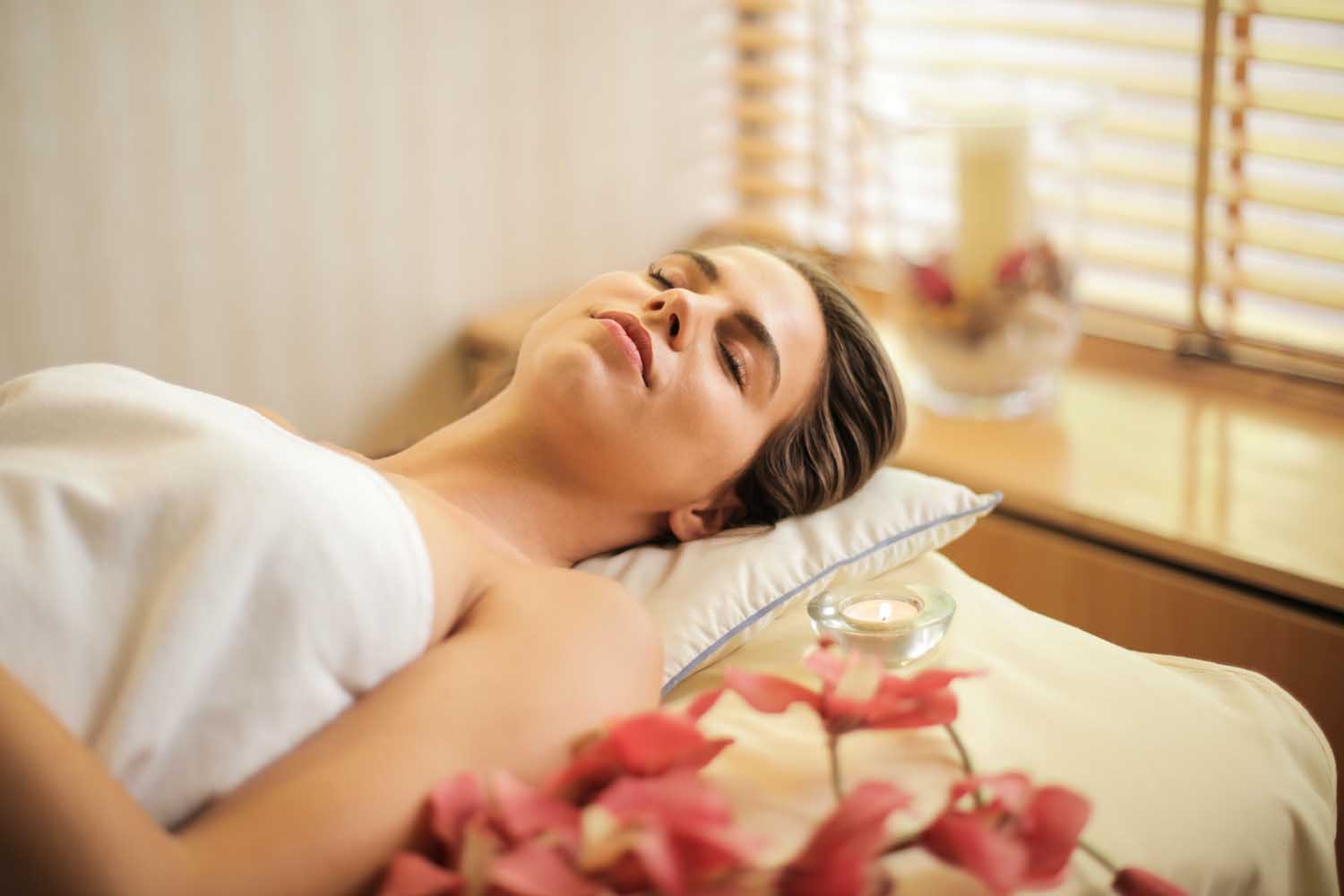How is a sports massage different from a regular massage?

Introduction
Massage therapy is known for its various benefits in promoting relaxation, relieving muscle tension, and reducing stress. However, not all massages are the same. There are different types of massages tailored to specific needs and goals. In this article, we will explore the differences between a sports massage and a regular massage. So, if you’re curious about the unique aspects of a sports massage and how it differs from a regular massage, read on!
What is a Sports Massage?
A sports massage is a specialized form of massage therapy that focuses on addressing the specific needs of athletes or individuals engaged in rigorous physical activities. It is designed to improve athletic performance, prevent injuries, and aid in the recovery process. Sports massages are often administered by therapists who have an understanding of the demands placed on the body during sports and exercise.
What is a Regular Massage?
On the other hand, a regular massage, also known as a Swedish massage, is a more general form of massage therapy that aims to promote relaxation, improve circulation, and relieve muscle tension. It is commonly offered in spas and wellness centers, catering to individuals seeking overall stress relief and rejuvenation. Regular massages typically involve gentle strokes and kneading techniques to induce relaxation and release muscle tension.
How is a Sports Massage Different from a Regular Massage?
Now let’s delve into the key differences between a sports massage and a regular massage.
- Targeted Techniques and Focus
Sports Massage: A sports massage employs a combination of techniques such as deep tissue massage, trigger point therapy, stretching, and joint mobilization. These techniques are specifically designed to target areas of the body that are prone to stress, overuse, or injury due to sports activities. The therapist may focus on particular muscle groups or areas that require attention based on the athlete’s training regimen.
Regular Massage: In contrast, a regular massage typically utilizes long, gliding strokes, kneading, and circular motions to induce relaxation and relieve general muscle tension. The focus is more on providing an overall soothing experience rather than targeting specific muscle groups.
- Intensity and Pressure
Sports Massage: Sports massages often involve deeper pressure and more intense techniques to address specific muscle imbalances and areas of tension. The therapist may apply greater force to reach deeper layers of muscle tissue and release any adhesions or knots.
Regular Massage: In a regular massage, the pressure is generally lighter to medium, aiming to create a gentle and calming effect on the body. The goal is to relax the muscles without causing discomfort or pain.
- Preventive and Rehabilitative Approach
Sports Massage: One of the primary purposes of a sports massage is to prevent injuries and enhance athletic performance. It focuses on improving flexibility, reducing muscle soreness, and enhancing the body’s recovery process after intense physical activity. Sports massages are often incorporated into an athlete’s training program to optimize their performance and minimize the risk of injuries.
Regular Massage: While regular massages can also provide therapeutic benefits, they are not specifically tailored to the needs of athletes or sports-related injuries.
